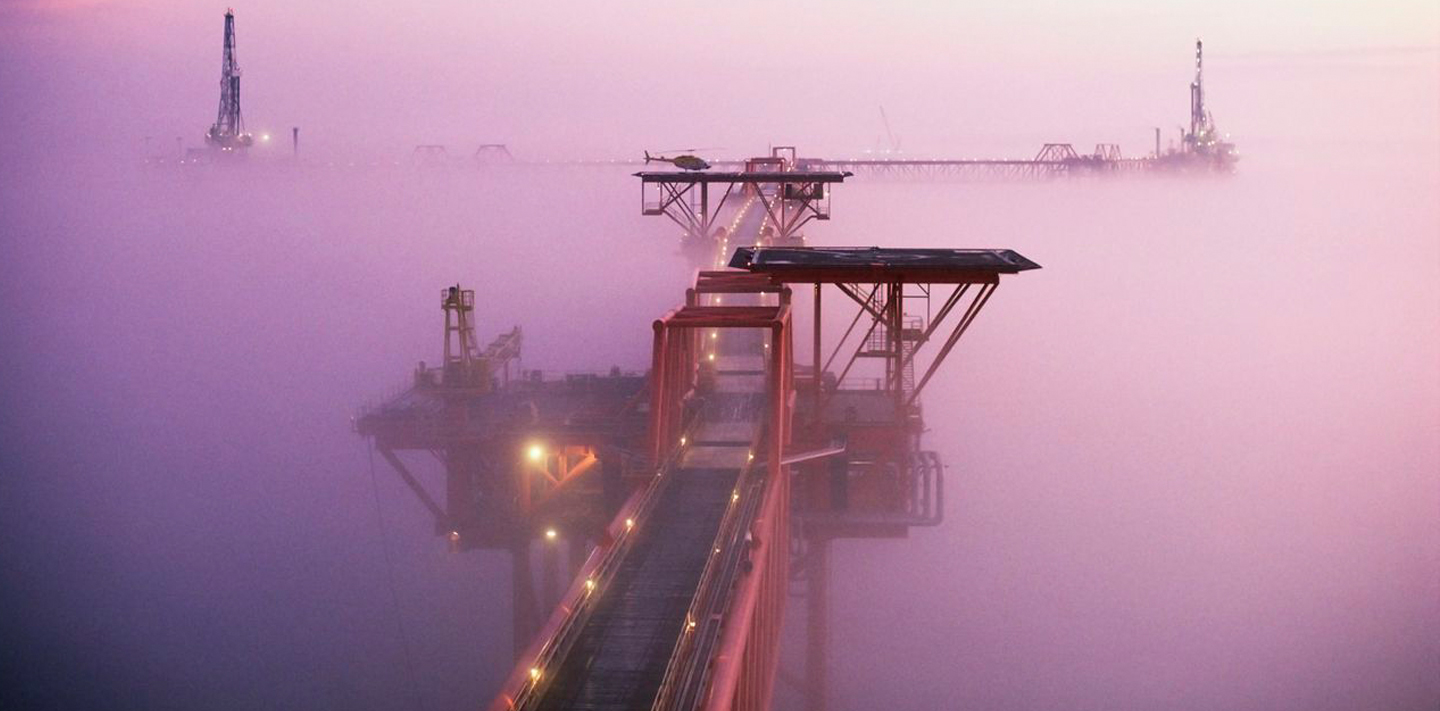Seeing danger ahead of time
PROJECTS DON'T JUST SUFFER FROM DEATH BY A THOUSAND CUTS. SOMETIMES FAILURE CAN PROVE INSTANTLY FATAL—IF YOU HAVEN'T PREPARED FOR IT.
Many clients first come to us off the back of suffering a large impact of some kind from events that they deem to be within their ability to influence. Some, however, have identified specific areas of vulnerability on their projects but lack a means of being able to deal with it themselves within the constraints of their overall schedule. Our client was stepping out of their comfort zone into an area of increased vulnerability. And now they had a dilemma.
They were embarking on a large and complex construction project to develop a gas field in the North Sea. They intended to construct its wells using a harsh-environment jackup drilling rig. No big deal. Except none was available in the North Sea, or anywhere else for that matter. Our client decided to charter a yet-to-be-constructed rig and bring it into the North Sea in time to meet its drilling program.
The UK North Sea is a heavily regulated environment and two aspects loomed large. First, the chosen drilling contractor did not, at that time, have a history of operating in the North Sea. Second, when others had attempted to bring in newbuild rigs in the past, they had suffered long delays to get them ready. A path of complexity and uncertainty lay ahead for all stakeholders and one far removed from business as usual. All told, it was an $820m commitment. Time was of the essence.
“In our world, risk detection takes in more than just project activities”
Our client and their stakeholders had many experienced people and processes and could have confidently handled a business-as-usual intake. But not one as unique as this. They needed a mature approach to project risks, which is precisely what our PRIMA concept offers. We independently framed the project and then worked hand in glove with all stakeholders. Drawing on our extensive databank of construction, regulatory compliance, industry standards and startup risks, we applied Peak PRM on the project mapping while enhancing organisational resilience from before the get-go.
Detecting weak signals
With strategy and tactical plans in place, execution began. In our world, risk detection takes in more than just project activities. The oil price had crashed, causing global impact across the upstream oil and gas sector. With our industry radar on we began receiving faint signals that the main contractor was facing unrelated financial pressures. This might, we surmised, impede their ability to take delivery of the rig from the shipyard building it in Southeast Asia. Were this to happen, it would mean a major hit to our client’s project goals.
We fed back these signals to management who started work on a contingency plan if the risk was to materialise. All parties had pulled together and against the odds the rig was ready for delivery at the shipyard on time. Amid the understandable joy was the harsh reality that, as we had signalled months before and tracked ever since, the main contractor defaulted on its final payment and could not take delivery of its vessel. Our client stepped in, with its drilling contractor sister negotiating to buy the rig and take over the contract, a contingency long in the planning. Delays averted, the rig arrived and smoothly went to work on time to meet the schedule for their development projects.
“Resilience safeguarding during the project enabled risks to be detected early”
Early warning pays off
The application of our PRIMA approach in close collaboration with our client and their stakeholders allowed the unique complexities of the project to be understood and managed. Resilience safeguarding during the project enabled risks to be detected early and performance to be assessed relative to workload to keep things within the failure boundaries of required acceptable performance.
Crucially the early identification of wider industry risks, in the form of the financial sustainability of the main contractor, provided an early heads up to the project. When the threat of financial failure materialized, options-based contingency planning led to a smooth succession of contractors averting costly time delays from this potentially catastrophic impact event.



